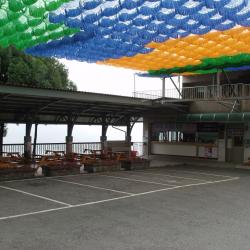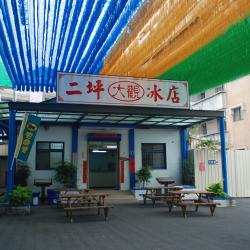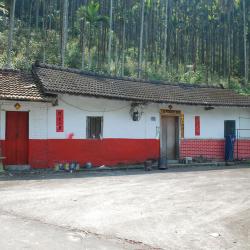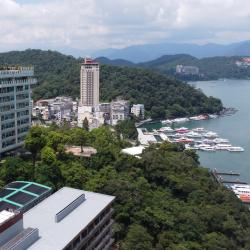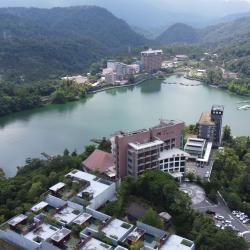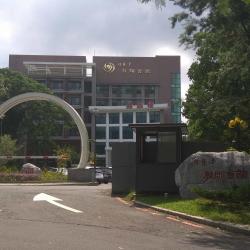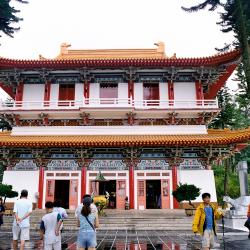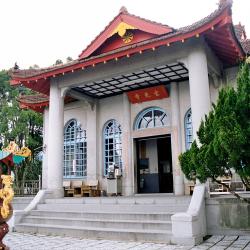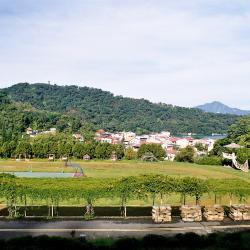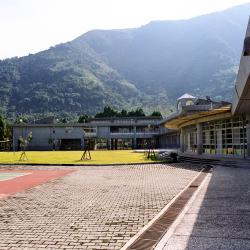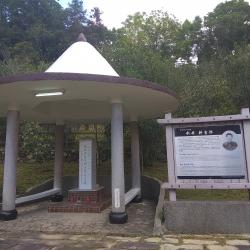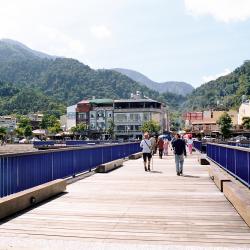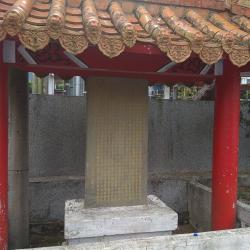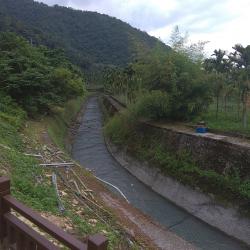The Shui-sha-lian Historic Trail spans across Puli Town and Shuili Township in Nantou County. The date of construction is untestable. It is about 29 km in length and is the only historic road related to the Thao tribe. This trail is also known as the Tu Di Gong Anling Trail because there is a Tu Di Gong Temple (Groundskeeper God) on the ridge saddle.
Since the Qing Dynasty, the Shui-sha-lian Historic Trail has been an important route for Han people to enter the Toushe Basin, Puli Basin, and Sun Moon Lake Shuishe. Due to the needs of migration and trade, the Han immigrants, Pingpu tribe and indigenous groups have frequently utilized this trail.
In the early days of the Japanese occupation, the Shui-sha-lian Historic Trail was regarded as an important Aiyong defense lie, and there were Ailiao Supervision Offices set up. At present, the Shui-sha-lian Historic Trail has been completely destroyed, only the section of Shuili to Chonggui via Erping still remains.
- - / -
- - - -
- -
- -/-
- -
